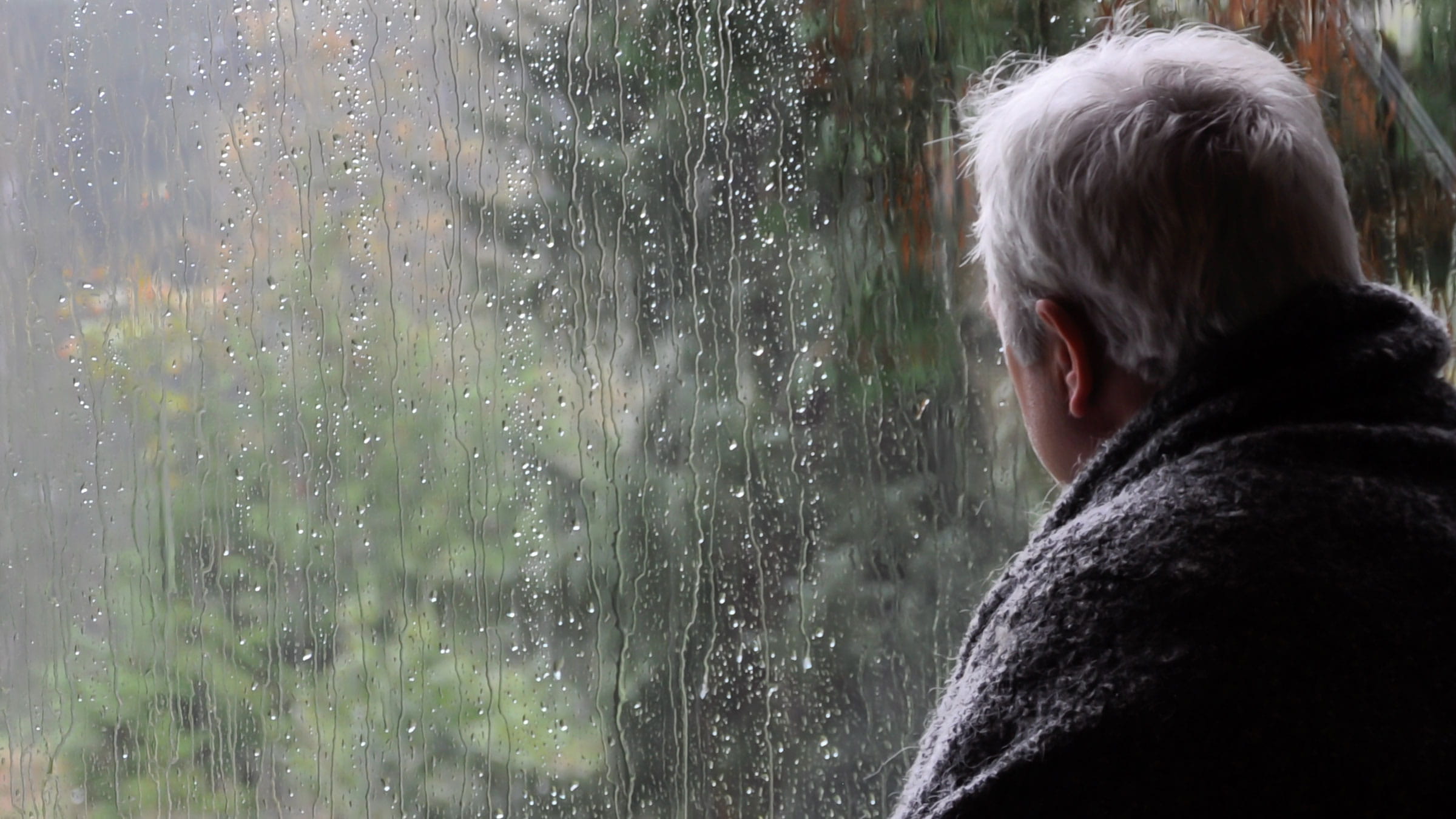
For more than 30 years, rheumatology scientists have been trying answer the question: “Can achy joints really predict weather changes?” As a rheumatologist, I’ve heard plenty of anecdotes about people with who say they can predict the weather based on how their joints are feeling. Most research shows that some patients’ joints are more affected by the weather than others, but we can’t always predict who that will be.
What does research show about achy joints and the weather?
A study published in 1997 in the International Journal of Biometeorology examined a possible relationship between the pain and rigidity of arthritis and the weather variables of temperature, relative humidity, barometric pressure, wind speed and precipitation.
The study found that both decreased temperature and increased relative humidity are independently associated with increased pain and rigidity in arthritis sufferers. However, none of the various small studies completed since then have been able to replicate these findings.
In 2017, a study published in PLoS One examined whether local weather is associated with rates of online searches for terms related to knee pain, hip pain and arthritis. Scientists looked at five years of online search volumes for these terms for the 50 most populous cities in the contiguous United States.
They also looked at corresponding local weather data for temperature, relative humidity, barometric pressure and precipitation. They found that selected local weather conditions are significantly associated with online search volumes for specific musculoskeletal pain symptoms.
What causes joint pain during certain types of weather?
We don’t know for sure, but there are many theories. This is difficult to study because when the weather changes, patients’ behaviors change as well, making it hard to know the true cause of more joint pain. There is the age-old theory that joint pain increases when the barometric pressure falls while accompanied by higher humidity levels.
The idea is that when the barometric pressure drops as bad weather moves in, this causes less pressure pushing on our bodies. The barometric pressure changes the synovial fluid pressures in the joint, which causes irritation and pain as the tissue swells.
What’s the worst weather for joint pain?
Often, patients say their muscles, ligaments and joints are stiffer and more painful during damp, cold weather, and they report feeling better during warm, dry weather. Cold and wet weather can also affect how often people exercise and rest, which can then negatively affect how their joints feel.
What can help relieve weather-related joint pain?
The best thing to help relieve weather-related joint pain is to stay active no matter what the weather is. Good options to help maintain joint health include warm water therapy, stretching, yoga or walking. Also, check with your doctor to see if you could take an anti-inflammatory drug.

Feeling a little too much pain and stiffness?
Find excellent care for arthritis and related conditions
Learn more today




